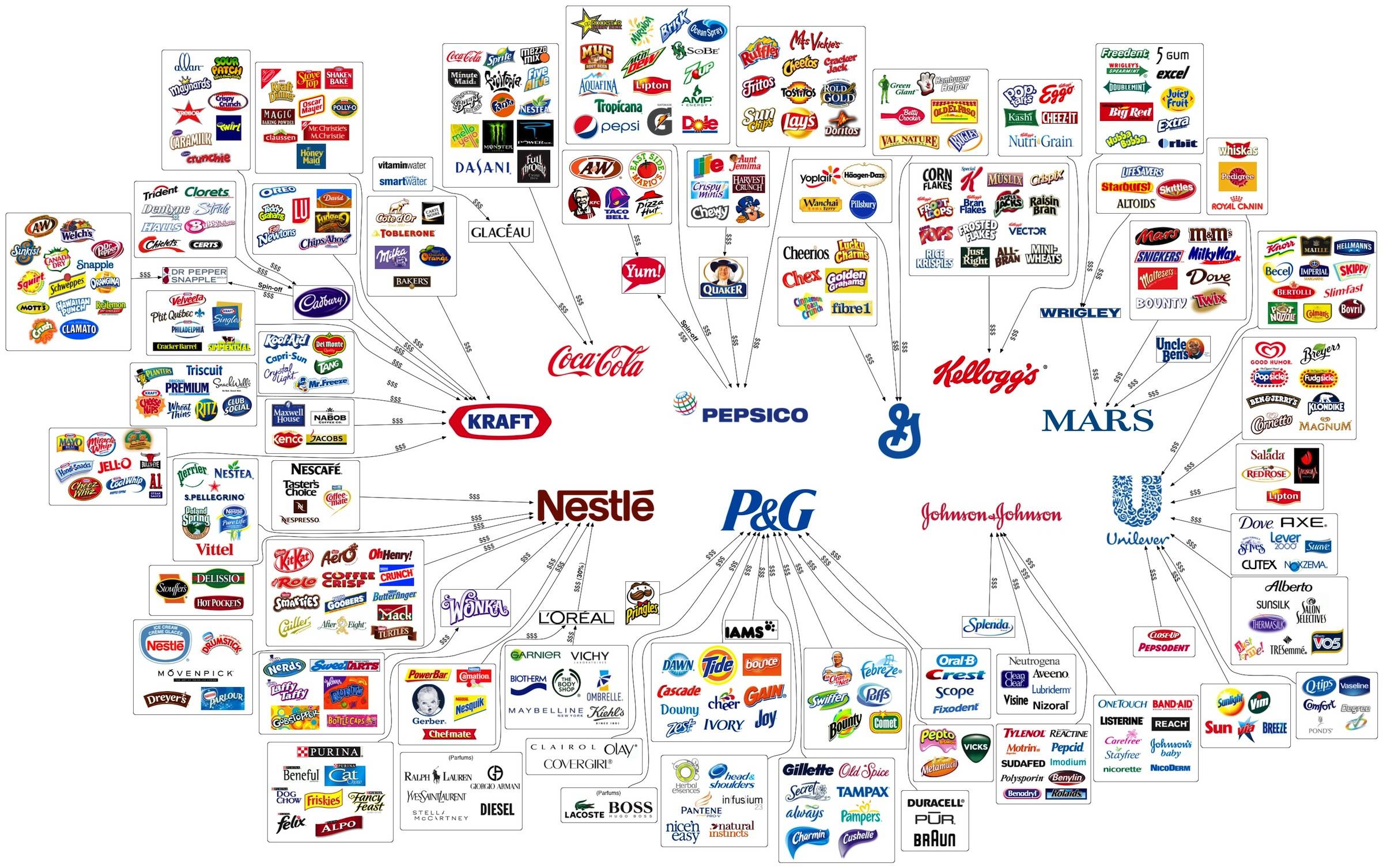
How Do Brands Stay Relevant to New Generations?
We’re seeing it everywhere; brands that embody traces of our tradition and history are disappearing because they can’t seem to get the new generations engaged with them. “New” is taking over “old” and even though it isn’t anyone’s outright desire for tradition and history to disappear, they do because they haven’t figured out how to stay relevant.
If only, if only, if only we could get the right people engaged again.
We’ve seen the common reactions – selling out on some level or another by going with a blockbuster classic. Like when theatres choose to perform The Nutcracker rather than taking the risk of a new screenplay. Or when organizations attempt to revitalize their brand by attracting celebrities to associate with them. However, many of these ideas may only give a burst of interest in the public, resulting in the overall engagement from new generations still in a downward trend.
But if these industries could take a page from the textbooks of other brands that have stayed relevant, maybe they could survive – or better yet – make a comeback.
Cirque Du Soliel
A classic example of staying relevant is the work of Cirque Du Soleil. It was used as a case study in the book, Blue Ocean Strategy, which talks about companies succeeding not by battling competitors, but rather by creating ″blue oceans″ of uncontested market space. In the case study of Cirque Du Soleil, the book speaks about how they took a struggling industry – in this case, Circuses – and upgraded it to modern times by adding technologically advanced stages that moved, as well as including updated costumes and utilizing relevant themes like Elvis or Michael Jackson. Additionally, the changes they made allowed them to begin targeting adults rather than families like other circuses did. In this case, a lot was invested, but it came back tenfold. You can read more about and buy Blue Ocean Strategy here.
Coca Cola
A less drastic example than Cirque Du Soleil is Coca Cola with their consistent and strategic evolution. If you look at the branding and marketing of Coca Cola in the 1950s versus what it is today, it’s night and day. They’ve always strived to and successfully stayed relevant and engaging. How have they done it? It’s simpler than you might think – they stay engaged with their audience. They understood them, and reacted accordingly. They did (and do) everything they could to stay relatable and relevant so that when their target thinks of a soft drink, they’re top of mind. As their target’s cultural, lifestyle, and other preferences change, they also change to match it. They never stop evolving, and have never balked at the idea of change.
Here are some articles that help highlight Coca Cola’s ability to stay relevant: Marketing to Millenials 5 Ways Coca Cola is Embracing Creativity and Innovation and 10 Inspiring Digital Marketing Campaigns from Coca Cola
McCain
The last example is similar to Coca Cola. McCain adapted a product to the needs and wants of their target demographic. At one point, they found themselves become less and less relevant, so they reacted by redefining themselves to ensure they fit with the trends of their audience. As consumers started to prefer healthier choices, they found themselves still committing to their brand of quality and convenience, but also providing healthier versions of instant food.
What does this all mean?
For today’s existing industries struggling to survive, it’s important to use finances wisely. Most of the industries I’m talking about have a small budget, and what little reserve they have goes towards purchasing ad space. This may help temporarily but won’t counter extinction – rather, it prolongs it. Steps must be taken towards seeking out the thoughts of the current demographics for each respective industry, and those industries must be ready to take action based on those thoughts. Taking steps forward and being proactive is far more effective then staying in survival mode.
Try to take a bit more of your time looking into your target demographic’s interests. Take note of the different generations and how they engage in your industry. It may seem like you don’t have choices but to stay the same is only waiting for the inevitable. If these avenues are left unexplored, a great opportunity may be lost. So, explore a change and be a bit risky – have your industry put forward an effort to engage and involve in new and unique ways. These avenues don’t have to be expensive, and as long as the goal is to create impact, there are always creative ways to get it done.
If you liked this article, please check out some related links of ours:
– How To Build A Tribe Of Followers
– Why & How Brands Should Appeal to all Generations
– Marketing’s Unhealthy Obsession with “New”
If you want to learn more about specific key elements of an effective marketing plan, read our 50+ page booklet on How to Write A Strategic Marketing Plan That Yields ROI – complete with explanations




